Typescript Convert String To Number
TypeScript is a strongly typed superset of JavaScript that adds type annotations to the language, enabling developers to catch errors at compile-time rather than runtime. TypeScript provides a variety of data types that allow developers to define the type of variables, function parameters, and return values.
Explanation of TypeScript data types:
TypeScript provides several built-in data types, including:
1. Boolean: Represents a logical value of either true or false.
2. Number: Represents both integer and floating-point numbers.
3. String: Represents a sequence of characters.
4. Array: Represents a collection of elements of the same type arranged in a sequential manner.
5. Tuple: Represents an array with a fixed number of elements where each element can have a different type.
6. Enum: Represents a set of named constants.
7. Any: Represents a variable that can hold values of any type.
8. Void: Represents the absence of any type, typically used for function return types.
9. Null and Undefined: Represents a variable that is either null or undefined.
10. Never: Represents the type of values that will never occur, often used for functions that never return.
Description of common data types in TypeScript:
The most commonly used data types in TypeScript are boolean, number, and string.
– Boolean: The boolean data type represents a logical value of either true or false. It is useful for expressing conditions and making decisions in programming.
– Number: The number data type in TypeScript represents both integer and floating-point numbers. It is widely used for mathematical calculations and storing numeric data.
– String: The string data type represents a sequence of characters. It is used to store textual data such as names, addresses, and messages.
Converting a string to a number in TypeScript:
In TypeScript, there may arise situations where you need to convert a string to a number. This conversion is especially useful when you receive user input or retrieve data from external sources like APIs, where the data is often in string format. TypeScript provides several methods and functions to convert a string to a number.
Using the parseInt() method for string to number conversion:
The parseInt() method is a built-in function in TypeScript that allows you to parse a string and convert it into an integer. The parseInt() function takes two arguments: the string to be converted and the radix, which specifies the base of the number system (e.g., decimal, binary, hexadecimal).
Here is a step-by-step guide on how to use parseInt() to convert a string to a number in TypeScript:
1. Declare a variable and assign a string value to it.
2. Use the parseInt() function and pass the string variable as the first argument.
3. If necessary, provide the radix as the second argument to specify the number system base.
4. Assign the result of the parseInt() function to a new variable.
Considerations and limitations when using parseInt():
– The parseInt() function only converts the starting portion of a string until it encounters an invalid character.
– If the string does not start with a valid numeric value, the parseInt() function will return NaN (Not-a-Number).
– When converting a number with leading zeros, the radix must be specified; otherwise, the number will be interpreted as an octal value.
Using the parseFloat() method for string to number conversion:
The parseFloat() method is another built-in function in TypeScript that allows you to parse a string and convert it into a floating-point number. The parseFloat() function takes a single argument, which is the string to be converted.
Here is a step-by-step guide on how to use parseFloat() to convert a string to a number in TypeScript:
1. Declare a variable and assign a string value to it.
2. Use the parseFloat() function and pass the string variable as the argument.
3. Assign the result of the parseFloat() function to a new variable.
Considerations and limitations when using parseFloat():
– The parseFloat() function only converts the starting portion of a string until it encounters an invalid character.
– If the string does not start with a valid numeric value, the parseFloat() function will return NaN.
– When converting a number with leading zeros, the parseFloat() function will ignore them and treat the number as a decimal value.
Using the Number() constructor for string to number conversion:
The Number() constructor is a global function in TypeScript that can be used to convert a string to a number. It is called as a constructor by using the new keyword followed by the Number constructor.
Here is a step-by-step guide on how to use the Number() constructor to convert a string to a number in TypeScript:
1. Declare a variable and assign a string value to it.
2. Use the Number constructor as a function and pass the string variable as the argument.
3. Assign the result of the Number constructor to a new variable.
Considerations and limitations when using the Number() constructor:
– If the string does not represent a valid numeric value, the Number() constructor will return NaN.
– When converting a number with leading zeros, the Number() constructor will ignore them and treat the number as a decimal value.
FAQs:
Q: Can I convert a number to a string in TypeScript?
A: Yes, you can convert a number to a string in TypeScript using the toString() method or by concatenating an empty string to the number.
Q: How do I convert an object to a number in TypeScript?
A: To convert an object to a number, you can use the Number() constructor or extract a numeric value from the object and then convert it to a number using the available methods.
Q: How do I convert a string to a number in Angular HTML?
A: In Angular HTML templates, you can use TypeScript’s built-in conversion methods, such as parseInt() or parseFloat(), to convert a string to a number.
Q: How do I convert a string to a number in jQuery?
A: In jQuery, you can use the parseInt() or parseFloat() functions to convert a string to a number. Alternatively, you can use the unary plus operator (+) before the string variable to convert it to a number.
Q: Can I format a string to a number in TypeScript?
A: TypeScript does not provide built-in formatting options for converting a string to a number. However, you can use additional libraries or write custom logic to format a string to a desired number format.
Q: How can I convert a string to a number in AngularJS?
A: In AngularJS, you can use Angular’s $parse service or JavaScript’s built-in conversion functions like parseInt() or parseFloat() to convert a string to a number.
In conclusion, TypeScript provides various methods and functions to convert a string to a number, such as parseInt(), parseFloat(), and the Number constructor. These conversion techniques are essential when dealing with user input, API data, or any other data in string format. It is important to understand the limitations and considerations of each conversion method to ensure accurate and reliable results.
5 Easy Ways To Convert A String To A Number (In Typescript)
Keywords searched by users: typescript convert string to number Convert string to number JavaScript, Convert number to string TypeScript, Convert string to type Typescript, Convert object to number typescript, Convert string to number angular html, Convert string to number jquery, Format string to number, How to convert string to number in angularjs
Categories: Top 22 Typescript Convert String To Number
See more here: nhanvietluanvan.com
Convert String To Number Javascript
Introduction
In JavaScript, it is common to encounter scenarios where we need to convert a string into a numerical value, such as an integer or a floating-point number. Thankfully, JavaScript offers various methods for converting strings to numbers, allowing developers to perform mathematical operations or manipulate data more effectively. In this article, we will explore the different techniques available in JavaScript to achieve this conversion. So, let’s dive in!
String to Number Conversion Methods
JavaScript provides three primary methods for converting strings to numbers: parseInt(), parseFloat(), and Number(). Let’s take a closer look at each of these methods and understand their specific use cases.
1. parseInt()
The parseInt() function is primarily used for converting strings into integers. It allows you to extract and parse the leading numeric portion of a string. The basic syntax for using parseInt() is as follows:
“`javascript
parseInt(string, radix)
“`
Here, the `string` parameter represents the value to be converted, and `radix` represents the numeral system to be used (optional, default is 10). Let’s consider an example:
“`javascript
let str = “42”;
let num = parseInt(str);
“`
In this example, the variable `num` will now hold the value `42` as a number. It is important to note that if the provided string contains non-numeric characters, parseInt() will stop parsing and return the parsed numeric value up to that point.
2. parseFloat()
The parseFloat() function is used for converting strings into floating-point numbers (numbers with decimal points). It behaves similarly to parseInt() with minor differences. Here is the basic syntax for using parseFloat():
“`javascript
parseFloat(string)
“`
The `string` parameter represents the value to be converted. Consider the following example:
“`javascript
let str = “3.14159”;
let num = parseFloat(str);
“`
In this example, the variable `num` will now hold the value `3.14159` as a floating-point number.
3. Number()
The Number() global function provides a more general-purpose conversion method. It is capable of converting any value to a number, including strings, and behaves differently depending on the input. Here is the basic syntax for using Number():
“`javascript
Number(value)
“`
The `value` parameter represents the value to be converted. Let’s see an example:
“`javascript
let str1 = “123”;
let str2 = “3.14”;
let num1 = Number(str1);
let num2 = Number(str2);
“`
In this example, the variable `num1` will now hold the value `123`, while `num2` will hold the value `3.14`. The Number() function is also capable of handling scientific notation and converting special values like “Infinity” or “NaN”.
Conversion Considerations
When converting a string to a number, it is essential to keep a few important considerations in mind:
1. Leading and Trailing Whitespaces: The parseInt() and parseFloat() functions will automatically remove leading and trailing whitespaces before converting the string. However, the Number() function does not trim the string, resulting in unexpected behavior if whitespace is present.
2. Integer or Floating-Point: Ensure that you select the appropriate method (`parseInt()` or `parseFloat()`) based on the desired output type. Using the wrong method may lead to incorrect results.
3. NaN (Not-a-Number): If the conversion fails due to an invalid string, all three methods will return NaN. It is important to handle these cases in your code to avoid unexpected behavior.
4. Numeric Strings: Always ensure that the string being converted is in a correct numeric format. Leading characters like alphabets, special characters, or whitespace will cause the conversion to stop at those points, leading to unexpected results.
FAQs (Frequently Asked Questions)
Q1. Can I convert a string to a number using the “+” operator?
Using the “+” operator is an alternative method to convert a string to a number in JavaScript. When the “+” operator is applied to a string, JavaScript automatically converts it to a number if the string represents a valid numeric value. However, it is important to note that if the string contains non-numeric characters, the result will be NaN.
Q2. Does parseInt() support binary or hexadecimal conversions?
Yes, parseInt() supports conversions based on different numeral systems. By providing a radix as the second parameter, you can specify the base of the numeral system for parsing. For example:
“`javascript
let binaryStr = “1010”;
let decimalNum = parseInt(binaryStr, 2); // Output: 10
let hexStr = “FF”;
let decimalNum2 = parseInt(hexStr, 16); // Output: 255
“`
Q3. Which conversion method should I use?
The choice of method depends on the specific requirements and the type of data you are dealing with. If you need to convert a string to an integer, parseInt() is the appropriate choice. For floating-point numbers, use parseFloat(). If you require a more general-purpose conversion, Number() can be used.
Conclusion
Converting strings to numbers is a frequent task in JavaScript development. Understanding the available methods and their nuances is crucial for ensuring accurate and reliable conversions. In this article, we explored three primary methods for converting strings to numerical values. We discussed the specific use cases for each method and highlighted important considerations when performing such conversions. Armed with this knowledge, you can confidently convert strings to numbers in JavaScript and leverage the appropriate method for your specific needs.
Convert Number To String Typescript
TypeScript, a superset of JavaScript, offers additional static typing features that enhance the development experience for JavaScript programmers. One commonly encountered scenario during development is the need to convert a number to a string. In this article, we will explore various approaches to achieving this conversion in TypeScript, providing detailed examples and explanations along the way.
Methods of Converting a Number to a String in TypeScript
1. Using the toString() method:
One straightforward approach to converting a number to a string in TypeScript is by using the built-in toString() method. This method is available on every number type in TypeScript and allows us to directly convert a number to its string representation. Here’s an example:
“`typescript
const number: number = 42;
const numberAsString: string = number.toString();
console.log(numberAsString); // Output: “42”
“`
2. Coercing the number to a string:
TypeScript also allows for implicit type coercion, where we can simply relate a number to a string using type casting operators. This method is less explicit than using the toString() method but can be useful in certain scenarios. Here’s an example:
“`typescript
const number: number = 42;
const numberAsString: string = number + ”;
console.log(numberAsString); // Output: “42”
“`
3. Using a template literal:
TypeScript supports template literals, which allow us to embed expressions within a string using backticks (`) and the ${} syntax. Leveraging this feature, we can easily convert a number to a string. Here’s an example:
“`typescript
const number: number = 42;
const numberAsString: string = `${number}`;
console.log(numberAsString); // Output: “42”
“`
4. Using the String() constructor:
Another option is to utilize the String() constructor, which creates a new string object from a given value. In TypeScript, this can be used to convert a number to a string. Here’s an example:
“`typescript
const number: number = 42;
const numberAsString: string = String(number);
console.log(numberAsString); // Output: “42”
“`
Frequently Asked Questions (FAQs):
Q1. Can I convert a floating-point number to a string using these methods?
A1. Absolutely! All the methods mentioned above work seamlessly with floating-point numbers as well as integers.
Q2. How can I format the converted string to include decimal places and/or specify leading zeros?
A2. When converting numbers to strings, you can utilize formatting techniques such as `toFixed()` or string manipulation to achieve the desired output. For example:
“`typescript
const number: number = 42.12345;
const formattedString: string = number.toFixed(2);
console.log(formattedString); // Output: “42.12”
“`
Q3. Are there any performance differences between these approaches?
A3. In terms of performance, the differences are negligible. Modern JavaScript engines are highly optimized, and the choice of conversion method will not significantly impact performance in most cases. Therefore, choose the method that aligns best with your codebase and readability preferences.
Q4. Can I convert a negative number to a string using these methods?
A4. Yes, all the methods described above work perfectly fine with negative numbers as well. The resulting string will include the minus sign (-) to indicate its negativity.
Conclusion
In this article, we delved into various techniques to convert a number to a string in TypeScript. We covered methods like toString(), type coercion, template literals, and the String() constructor. Each technique offers its own advantages, and the choice ultimately depends on the specific requirements of your project.
By understanding these conversion methods, TypeScript developers gain flexibility in manipulating data and can work confidently with numbers and strings interchangeably. Whether you need to format numbers or perform calculations that involve string concatenation, these conversion techniques will undoubtedly come in handy.
Remember, TypeScript brings static typing to JavaScript, enabling safer code and better maintainability. Employing the appropriate conversion method ensures accurate data handling throughout your TypeScript projects.
Images related to the topic typescript convert string to number

Found 48 images related to typescript convert string to number theme





![Typescript convert string to keyof [4 examples] - SPGuides Typescript Convert String To Keyof [4 Examples] - Spguides](https://i0.wp.com/www.spguides.com/wp-content/uploads/2023/02/Keyof-in-typescript.png)


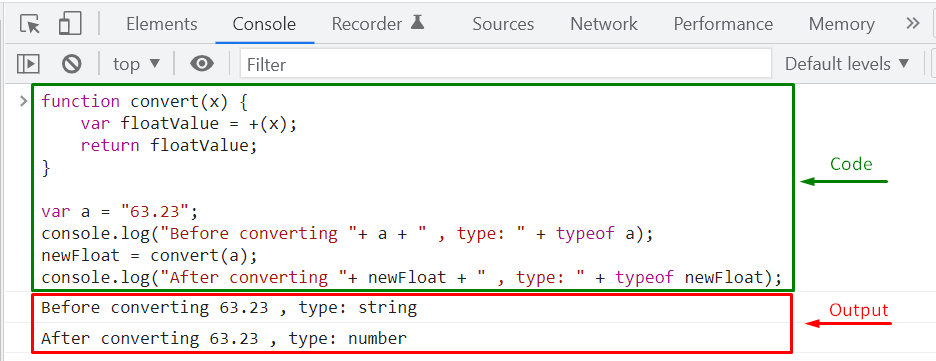



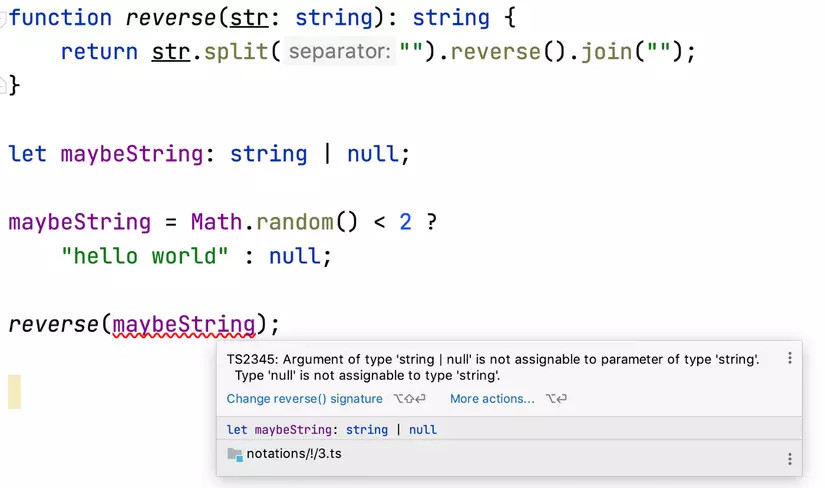

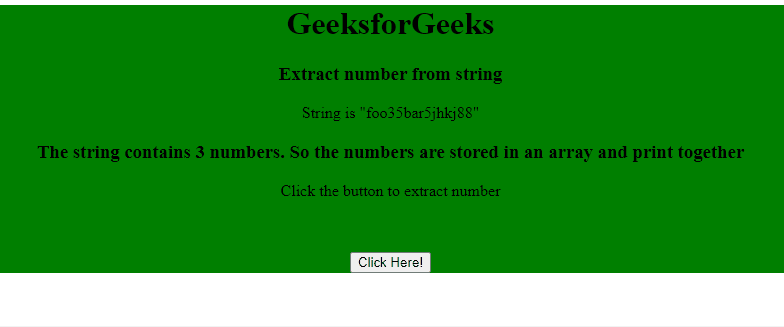
![How to convert a string to boolean in typescript [using 4 different ways] - SPGuides How To Convert A String To Boolean In Typescript [Using 4 Different Ways] - Spguides](https://i0.wp.com/www.spguides.com/wp-content/uploads/2023/02/convert-a-string-to-a-boolean-using-the-boolean-constructor.png)

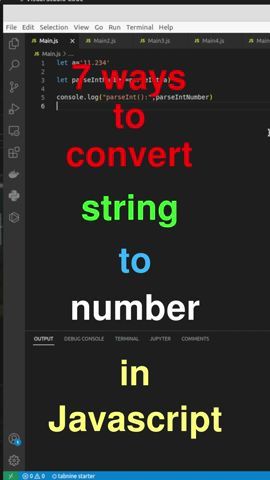


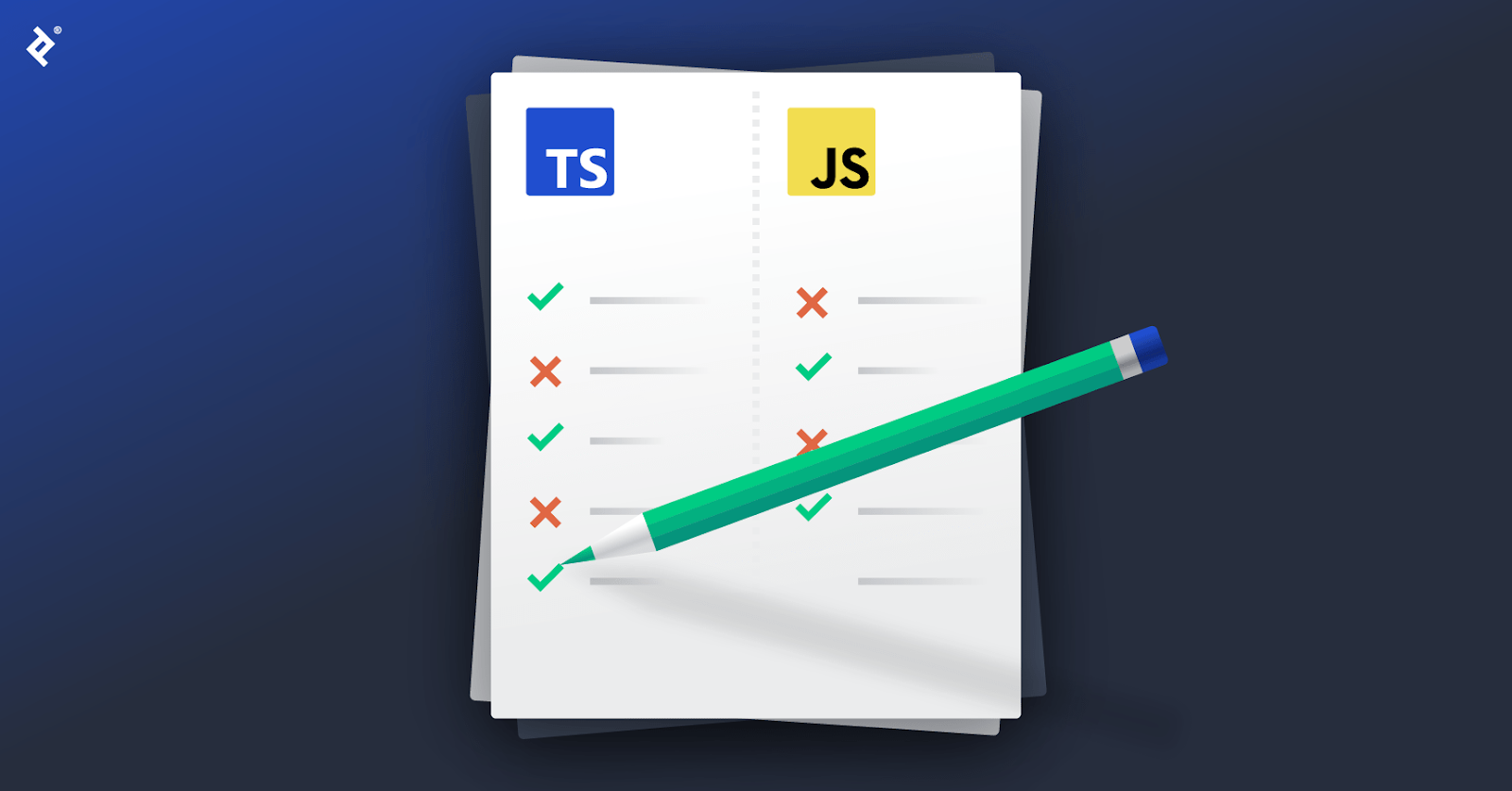

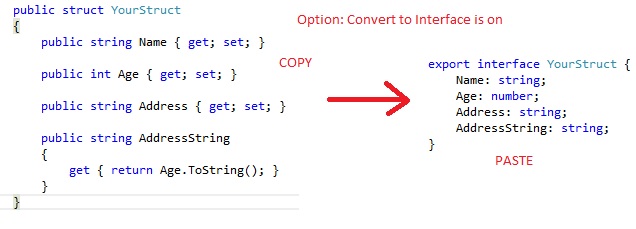



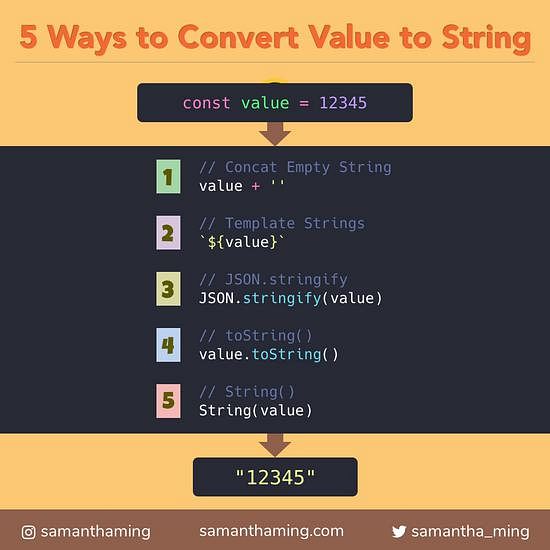


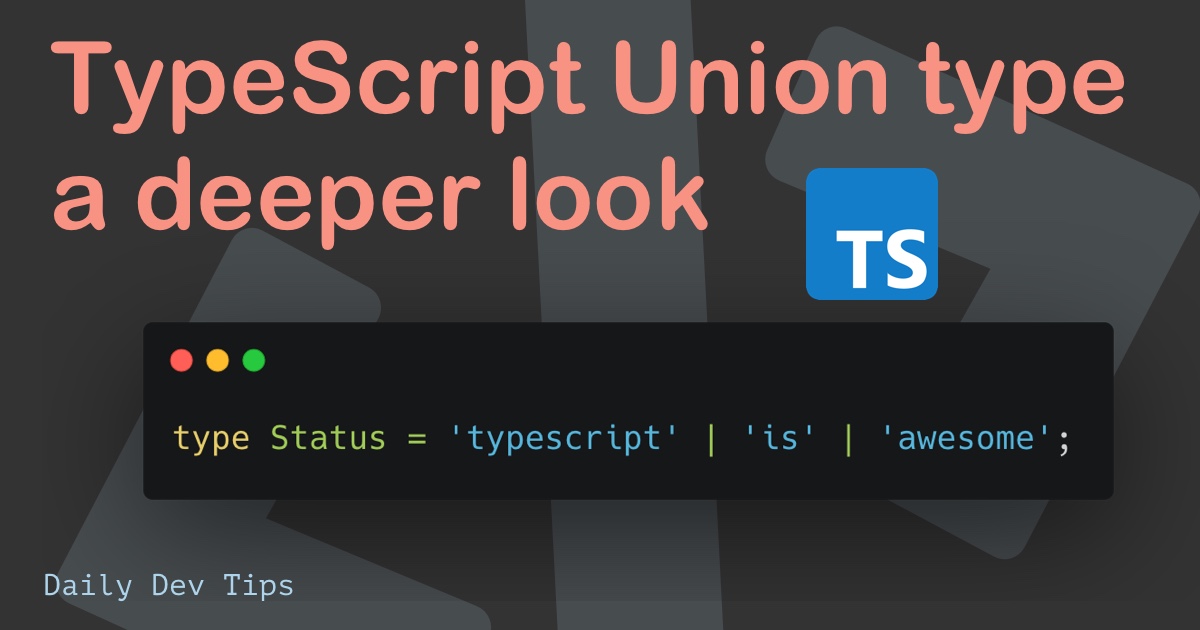


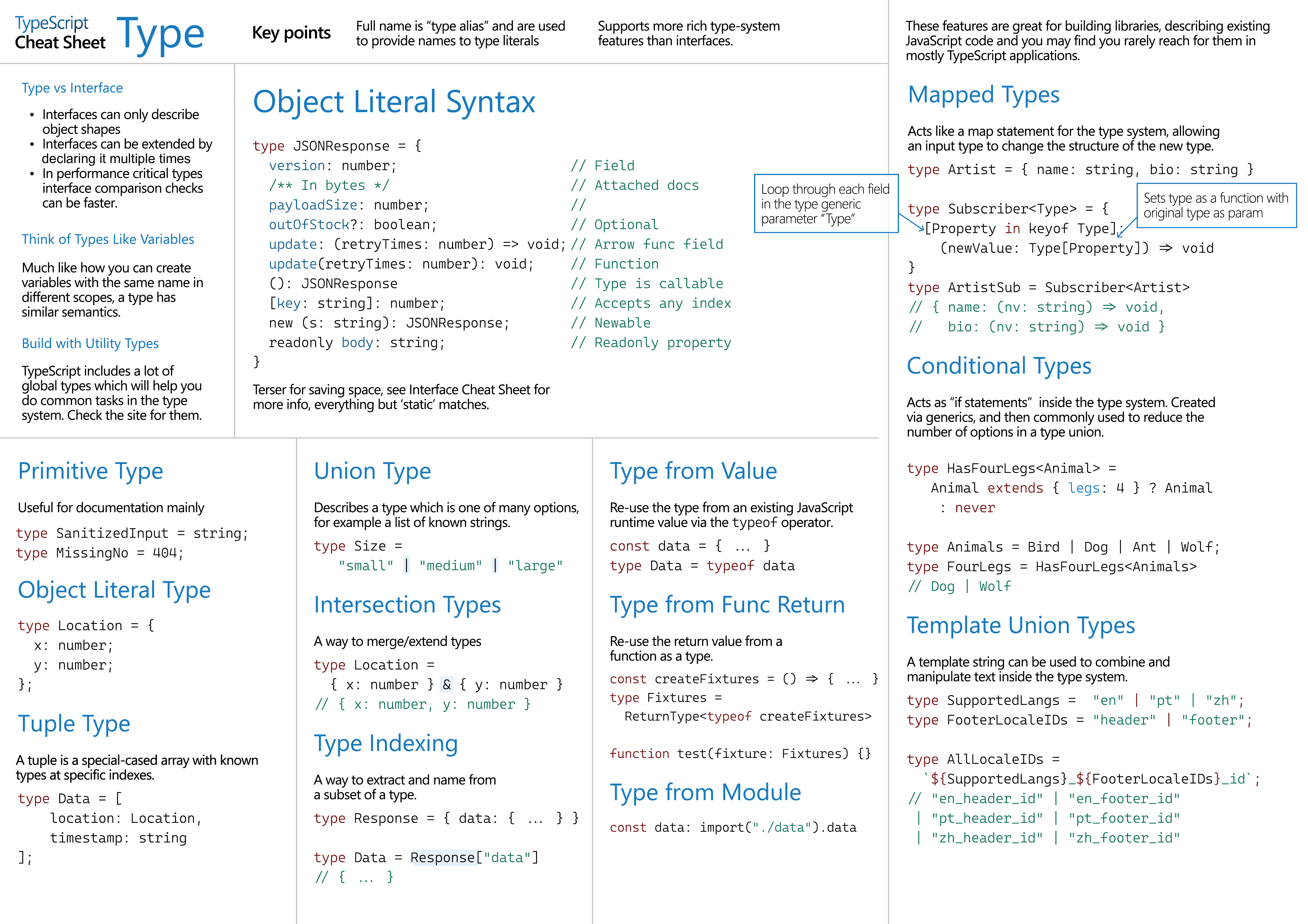






Article link: typescript convert string to number.
Learn more about the topic typescript convert string to number.
- How to convert a string to number in TypeScript?
- How to convert string to number in TypeScript ? – GeeksforGeeks
- How to convert string to number in TypeScript – Tutorialspoint
- Convert a String to a Number in TypeScript – bobbyhadz
- Convert String to Number in Typescript – TekTutorialsHub
- Quick Glance on TypeScript string to number – eduCBA
- How to convert a string to a number in JavaScript – Flavio Copes
- How to convert a String to a Number in TypeScript
- How Do I Convert String to Number in TypeScript? – Linux Hint
See more: https://nhanvietluanvan.com/luat-hoc